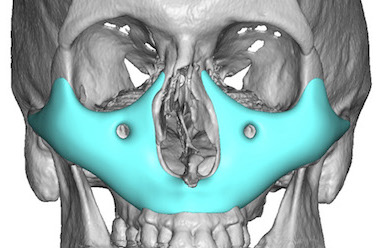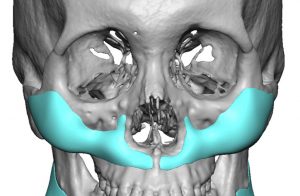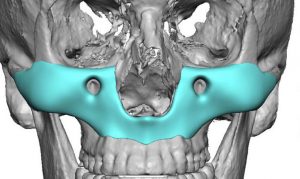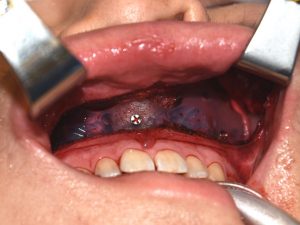Bringing the midface forward is often a desire from patients with an overall flatter midface profile. Such lack of midface projection may be present naturally (e.g., some Asian faces although it can occur in any ethnicity), may be present after trauma or may be persistent after a prior Lefort I ostetotomy. (incomplete midface correction) It is a result of lack of skeletal development anteriorly of the maxilla, infraorbital rims and anterior cheeks as a collective unit.
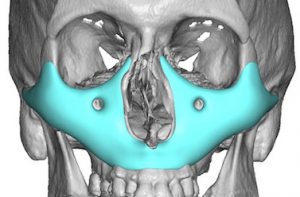
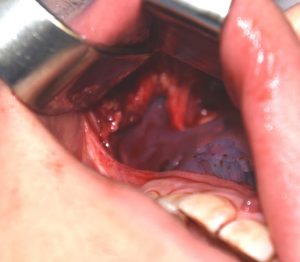
Another intraoperatve helpful maneuver is to increase the soft thickness over the implant. This can be done using the buccal pads in a pedicled transposition technique to cover the implant and provide an additional vascularized soft tissue layer between the mucosal closure and the underlying implant. This also adds some soft tissue fullness which helps the projection.The buccal fat pads can be teased out and usually creates a long enough pedicle flap to reach the midline from each side.
Dr. Barry Eppley
Indianapolis, Indiana

